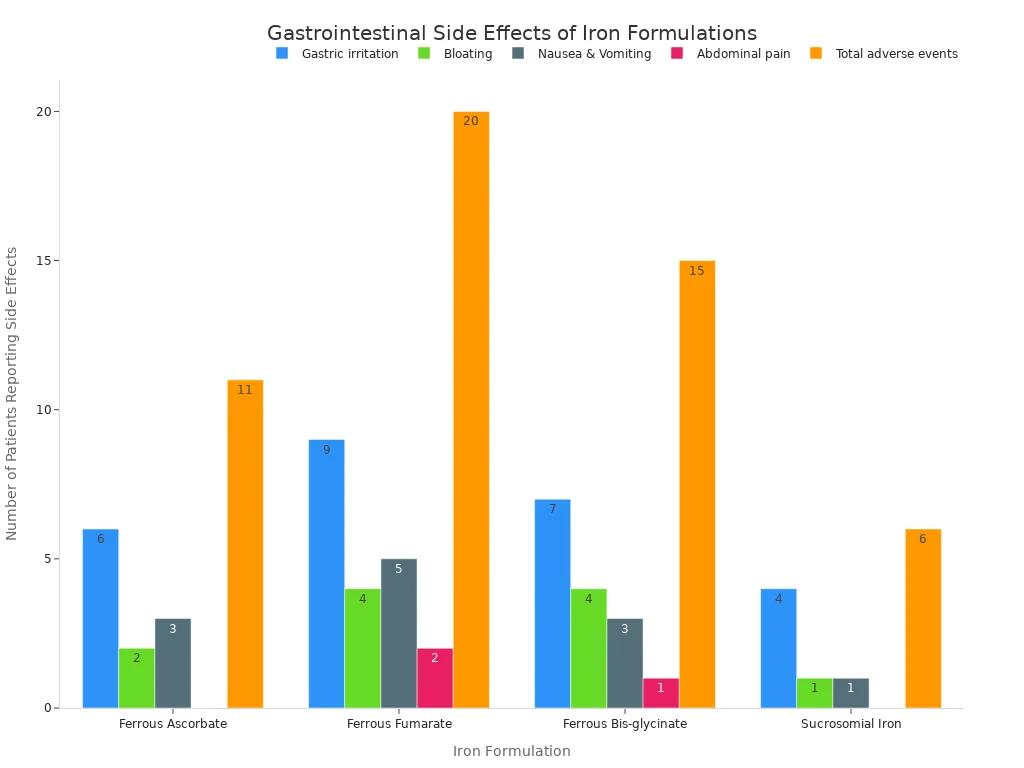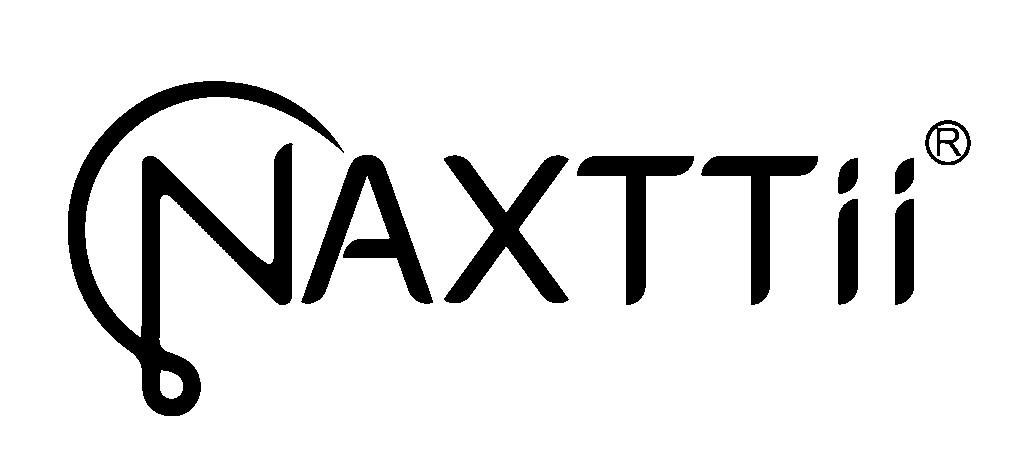What Are Chelated Minerals?
Table of Contents
A chelated mineral is a mineral that has been chemically bonded to an amino acid. Mineral deficiencies are a global issue, affecting over half of young children and many adults in Western countries. This widespread need drives a supplement market projected to surpass USD 22 billion by 2032.
Think of the bond as a mineral with a “VIP pass” 🎟️ that helps it get absorbed easily by your body.
This process, called chelation, is all about boosting how much of the chelated minerals your body can actually use.
WHAT DOES CHELATED MEAN?:

So, what does chelated mean in the world of supplements? The word “chelate” comes from the Greek word chele, which means “claw.” This gives you a perfect mental image. The chelation process involves an organic molecule, like an amino acid, wrapping around a mineral ion and grabbing it like a claw. This action forms a stable, protected molecule.
THE CHELATION PROCESS:
The chelation process transforms a standard mineral into a powerhouse nutrient. It all starts with a special type of chemical bond.
THE ROLE OF AMINO ACIDS:
Your body is incredibly smart. It has highly efficient systems for absorbing amino acids from the food you eat. Chelation takes advantage of these systems. By binding a mineral to an amino acid, you create a molecule that your body recognizes as food.
Amino acids are excellent chelating agents for several reasons:
- They act as “bidentate ligands,” meaning they can grab onto a mineral in two separate places.
- This two-point connection forms a stable complex that protects the mineral.
- They are stable at various pH levels, from the acid in your stomach to the alkaline environment of your intestines.
Common amino acids used in this process include:
- Glycine (forming magnesium glycinate)
- Aspartic acid (forming zinc aspartate)
- Methionine (forming copper methionine)
Because your body has dedicated transporters for amino acids, it can carry the entire mineral-amino acid complex directly into your bloodstream. This is a much more effective delivery route than the one available to standard, unattached minerals.
FROM INORGANIC TO ORGANIC:
To truly understand what does chelated mean, you need to see the difference between inorganic and organic mineral forms. Most basic mineral supplements use inorganic mineral salts, like iron sulfate or zinc oxide. These molecules easily break apart in your digestive system, leaving behind positively charged mineral ions.
These charged ions are highly reactive. They can bind with dietary inhibitors found in healthy foods, such as:
- Phytates (in grains, seeds, and legumes)
- Oxalates (in spinach, beets, and nuts)
When a mineral ion binds to an inhibitor, it forms an insoluble compound that your body cannot absorb. The mineral simply passes through your system, unused. Chelated minerals avoid this problem. The protective amino acid “claw” shields the mineral, preventing these negative interactions.
Let’s compare a common inorganic mineral with one of the best chelated minerals.
| Feature | Iron Sulfate (Inorganic) | Iron Bisglycinate (Chelated) |
|---|---|---|
| Chemical Nature | Inorganic iron salt | Iron bound to two glycine molecules |
| Stability | Less stable, breaks apart easily | Very stable chemical structure |
| Absorption | Poorly absorbed, can cause upset | Gentle and highly bioavailable |
| Interactions | Easily blocked by inhibitors | Protected from inhibitors |
Scientific studies confirm this difference. In simulated digestive environments, the solubility of inorganic iron salts drops to less than 6% in intestinal conditions. In contrast, peptide-iron complexes (a form of chelation) remain over 90% soluble. This shows how the chelation process keeps minerals ready for your body to use. Understanding this distinction is the key to knowing what does chelated mean for your health.
THE IMPORTANCE OF BIOAVAILABILITY:

Bioavailability is a simple but crucial idea. It’s the amount of a nutrient your body can actually absorb and use. Just because you swallow a mineral doesn’t mean your body gets the full benefit. Several roadblocks can stand in the way.
THE ABSORPTION PROBLEM:
Your digestive system is a busy place. Standard, non-chelated minerals face two major challenges here. First, they run into “anti-nutrients” in many healthy foods you eat. These include:
- Phytates, found in grains and seeds, which can form insoluble salts with iron, zinc, and calcium.
- Tannins, found in tea and legumes, which also reduce mineral solubility.
When a mineral binds to these compounds, your body can’t absorb it. Second, minerals often compete with each other. For example, high levels of iron salts can interfere with your body’s ability to take in calcium. This creates a traffic jam, and some minerals get left behind.
A MORE EFFICIENT PATHWAY:
This is where the chelation process shines. By binding a mineral to an amino acid, you create a molecule that your body treats differently. Instead of using the crowded mineral pathways, it uses dedicated amino acid transporters, like PepT1, to escort the mineral directly into your cells.
This special delivery route is like having an express lane on the highway. The chelated mineral bypasses the traffic jams and avoids getting stuck to inhibitors.
Because they are absorbed whole, these protected minerals don’t have to compete with other minerals for the same absorption sites. This makes them much easier to absorb.
GETTING THE DOSE YOU NEED:
The dose on a supplement label can be misleading. Bioavailability determines how much of that dose you actually get. For many standard minerals, absorption can be low.
However, chelated minerals are far more efficient. Their high bioavailability means a smaller dose can deliver the same—or even better—results than a larger dose of a non-chelated form. Studies show that replacing 100% of an inorganic mineral with just 30% of its chelated counterpart can maintain performance and improve nutrient use. This means you get the support you need without having to take massive doses.
BENEFITS OF CHELATED MINERALS:
When you choose a supplement, you want it to work. The benefits of chelated minerals all come down to one thing: effectiveness. They are designed to give your body the best possible chance to absorb and use these essential nutrients.
ENHANCED ABSORPTION:
The single biggest advantage of chelated minerals is superior absorption. The amino acid “claw” protects the mineral, allowing it to travel through your digestive system and into your bloodstream much more efficiently. Scientific studies repeatedly confirm this benefit across different minerals.
For example, a major clinical trial looked at iron absorption in children.
- Objective: The study compared how well the body absorbed iron from two different supplements.
- Participants: It involved schoolchildren in Mexico City who had low iron levels.
- Supplements: One group received standard ferrous sulfate, while the other received chelated iron bis-glycinate.
- Result: The study was designed based on the expectation that the chelated form would be better absorbed, a fact that numerous studies have since confirmed.
This isn’t just true for iron. Research on magnesium shows a dramatic difference. Magnesium bisglycinate can have an absorption rate as high as 80–90%. In contrast, the common inorganic form, magnesium oxide, often has a bioavailability of only 4–15%. You get significantly more of the mineral your body needs.
The same pattern appears with other nutrients. Studies show that zinc glycinate raises plasma zinc levels more effectively than other forms like zinc gluconate or zinc oxide. For calcium, research published in Calcified Tissue International found that calcium bis-glycinate is absorbed 1.8 times better than calcium citrate, another popular form.
REDUCED DIGESTIVE UPSET:
Have you ever taken an iron supplement and felt nauseous or constipated? You are not alone. This is a very common side effect of standard inorganic minerals.
This happens because your body cannot absorb all of the inorganic iron. The leftover iron ions remain in your gut and can cause problems:
- They can disrupt the balance of your healthy gut bacteria.
- They may generate free radicals that cause inflammation.
- Excess iron can pull water into your intestines, which then gets redistributed, leading to hardened stool and constipation.
The chelation process helps you avoid this. The amino acid shield gives the mineral a neutral electrical charge. This neutral molecule does not irritate your stomach lining. It can pass through your gut gently without causing the discomfort associated with charged mineral ions.
Studies comparing different iron supplements show a clear winner for tolerability.
| Side Effect | Ferrous Fumarate | Ferrous Bis-glycinate | Sucrosomial Iron |
|---|---|---|---|
| Gastric irritation | 9 | 7 | 4 |
| Bloating | 4 | 4 | 1 |
| Nausea & Vomiting | 5 | 3 | 1 |
| Abdominal pain | 2 | 1 | 0 |
| Total Patients with Side Effects | 20 | 15 | 6 |
As the data shows, protected forms like ferrous bis-glycinate and Sucrosomial iron (a specialized delivery system) cause far fewer side effects.

BETTER FUNCTIONAL SUPPORT:
Getting more minerals into your system means they can do their jobs better. This enhanced absorption translates directly into more powerful support for your health.
For individuals with anemia, this is critical. Studies show that Iron Bisglycinate Chelate (FeBC) is more effective at restoring iron levels than other forms. It not only raises hemoglobin but also refills your body’s iron stores (ferritin).
| Supplement | Initial Ferritin (ng/mL) | Final Ferritin (ng/mL) | Significant Increase? |
|---|---|---|---|
| Iron Bisglycinate Chelate (FeBC) | 21 | 37 | Yes |
| Polymaltose Iron (FeP) | 25 | 34 | No |
This means chelated iron helps you recover your energy stores faster and more sustainably.
This benefit extends to other minerals, too.
- Immune Health: Zinc is essential for your immune system. Research from the Fred Hutchinson Cancer Research Center shows it helps develop infection-fighting T-cells and regenerate the thymus, a key immune organ. Using a highly bioavailable chelated zinc ensures your body has the resources it needs to support a strong immune response.
- Bone & Heart Health: Your bones and cardiovascular system depend on minerals like calcium and magnesium. Highly absorbed mineral chelates deliver these nutrients effectively. This supports the creation of strong bones and helps maintain a normal heart rhythm. By ensuring calcium goes to your bones instead of your arteries, these forms promote both skeletal strength and cardiovascular wellness.
In short, chelated minerals are simply minerals attached to an amino acid. This special bond helps you absorb more of the nutrient with less risk of an upset stomach. You get the benefits you need without the common digestive issues.
Pro Tip 💡: When you shop for supplements, look for terms like
chelated,glycinate, orcitrateon the label. This ensures you choose a more effective and body-friendly product.
FAQ
Are chelated minerals better?
Yes, for many people. Your body absorbs them more easily. They are also gentler on your stomach than standard mineral forms. This means you get more benefits with fewer side effects.
How can I tell if a supplement is chelated?
Check the supplement facts panel on the bottle. Look for the mineral name followed by a word like glycinate, citrate, or bisglycinate. The label may also say chelated directly.
Are chelated minerals safe?
Yes, chelated minerals are very safe. They are often better tolerated than non-chelated forms. You experience less stomach upset. Always follow the recommended dose on the product label for the best results.
What is the difference between glycinate and citrate?
Both are chelated forms that improve absorption.
Glycinate: A mineral attached to the amino acid glycine. It is known for being very gentle. Citrate: A mineral attached to citric acid. It is also highly absorbable.

Poseidon
Master of Nutritional Epidemiology, University of Copenhagen, Herbal Functional Nutrition Researcher
Focus: The scientific application of natural active ingredients such as Tongo Ali, Horny Goat Weed, and Maca to sexual health and metabolic regulation.
Core Focus:
Men: Use a combination of Tongo Ali (an energizing factor) + Maca (an energy reserve) to improve low energy and fluctuating libido.
Women: Use a combination of Horny Goat Weed (a gentle regulator) + Maca (a nutritional synergist) to alleviate low libido and hormonal imbalances.
Stressed/Middle-Aged Adults: This triple-ingredient synergy supports metabolism, physical strength, and intimacy.
Product Concept:
Based on traditional applications and modern research (e.g., Tongo Ali promotes testosterone-enhancing enzyme activity, and icariin provides gentle regulation), we preserve core active ingredients and eschew conceptual packaging—using natural ingredients to address specific needs.
Simply put: I'm a nutritionist who understands "herbal actives." I use scientifically proven ingredients like Tongo Ali, Epimedium, and Maca to help you make "sexual health" and "nutritional support" a daily routine.
